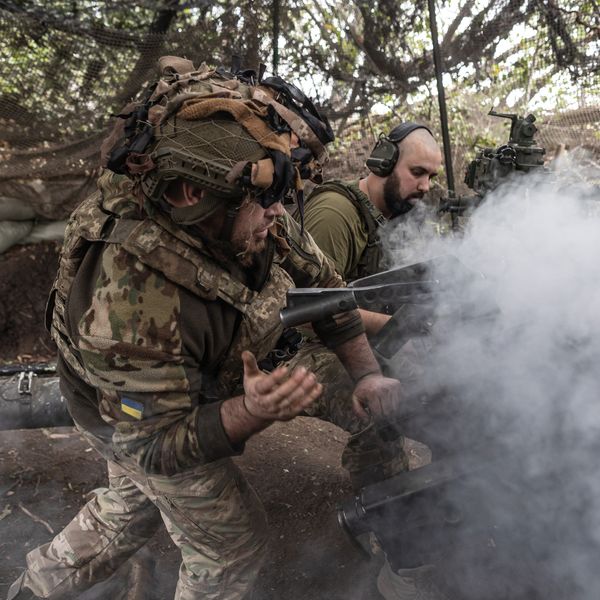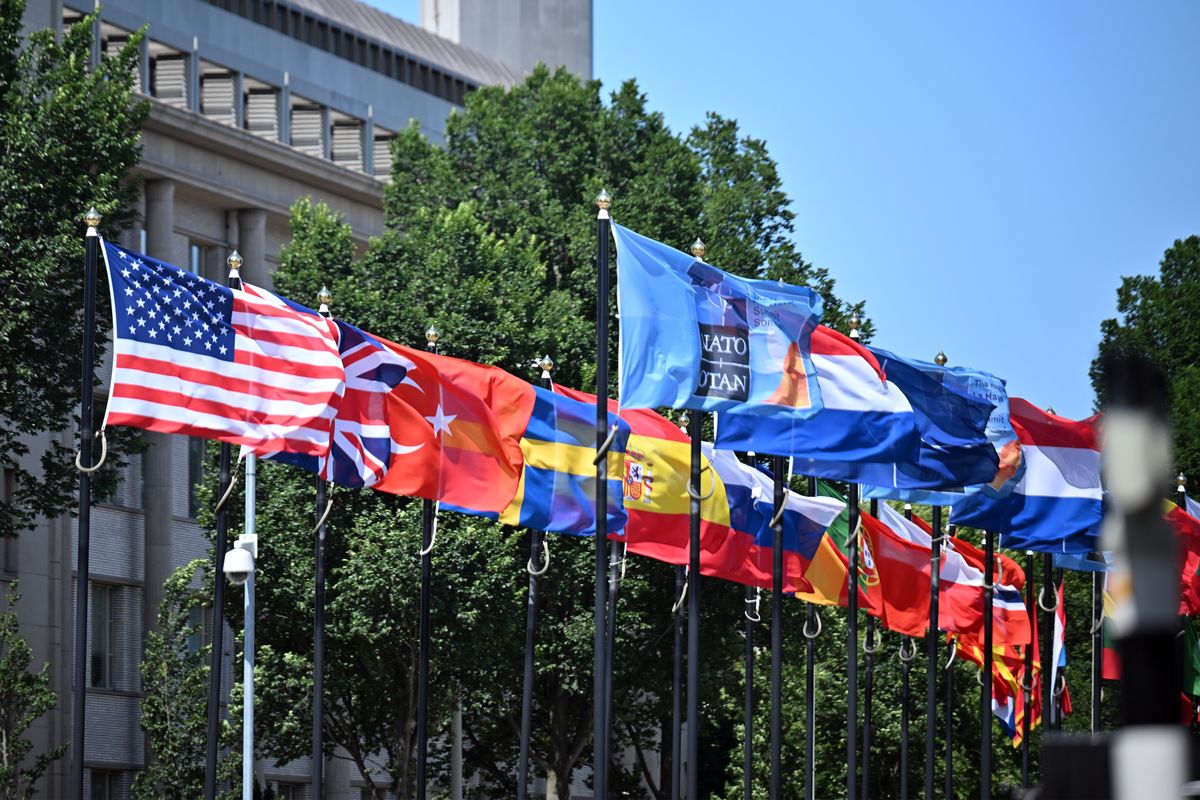The North Atlantic Treaty Organization (NATO) may have been created in in 1949 by the United States, Canada, and several Western European nations in order to provide collective security against the Soviet Union, but its mission has evolved. COVID presents new challenges for the alliance, as The Cipher Brief recently talked about with former Supreme Allied Commander General Philip Breedlove (Ret.)
But NATO’s Innovation Hub is going even further, imaging how the alliance will operate nearly a hundred years after its founding in a new piece commissioned from author August Cole.
The Cipher Brief recently interviewed NATO’s Innovation Hub Manager, Francois du Cluzel.
The Cipher Brief: What was the impetus behind NATO’s Innovation Hub?
The Innovation Hub is a both virtual and physical collaborative platform led by Allied Command Transformation (ACT) dedicated to creating a worldwide community. Its physical footprint is located outside of NATO HQ on the Old Dominion University campus in Norfolk, Virginia, in order to facilitate access to people not used to dealing with the defense community.
It is a solution designed to address exclusively generic technology and innovation questions or opportunities to a worldwide audience under the scrutiny of SMEs from ACT at the unclassified level. Since 2013 the Innovation Hub (IH) has been supporting ACT’s priorities through leveraging Open Innovation inter alia.
Through the process of open Innovation, innovative ideas are collected from a wide range of people or entities not pertaining to the organization and sometimes not previously identified.
For any of its assigned projects, the IH gathers and manages a worldwide community of experts able and willing to collaborate and support NATO (as of May 2020, the IH is comprised of 3,000 people from more than 70 nations).
Those experts are used to help NATO understand the environment and issues that need to be solved, design concepts and prototypes and implement innovative solutions.
End-users are often part of the project teams, along with solution designers and ideas providers.
A wide range of topics or projects can be tackled by the IH that will adopt a multi-disciplinary approach: considering the Human, Machine, Cyber and Military aspects of it.
In 2019, SACT created an Innovation Branch by expanding existing Innovation Hub to include increased Innovation Lab capabilities in order to provide a robust incubation environment for military, academia and industry to fast-track applications of innovative operational models AND emerging technologies.
In a nutshell, the NATO innovation Hub is both a think tank leveraging open innovation and a Lab aiming at developing capabilities for NATO.
The Cipher Brief: What are some of the projects you have commissioned and how does it help you imagine the future?
du Cluzel: Ensuring the implementation of concrete solutions by the end user is our priority. The IH has also conducted studies and workshops that support the production of documents such as Strategic Foresight Analysis, the Autonomous Systems Policy Guidance, the Modelling and Simulation as a Service concept, and the Future Online Learning Vision, for example. One of the most promising ways we develop and exploit open innovation is the NATO Innovation Challenge series (started in 2017).
Through organizing a NATO Innovation Challenge on a regular basis in different NATO nations, the goal is to stimulate and exploit the potential of open innovation everywhere in the Alliance and to create a NATO-wide Innovation network as a federation of entities (from NATO and Nations) leveraging open innovation, providing mutual support, sharing best practices, identifying issues to solve, seeking subject matter expertise, audiences and solution proposals. This network is a force multiplier for all its nodes, allowing problems and solutions to be considered within a global ecosystem. The Innovation Challenge also seeks to help develop Innovation Hubs throughout the 30 NATO Nations. After the Challenges, some of the ideas generated by the Innovation Challenges can be further developed by the Lab.
The Cipher Brief: What were you looking for when you commissioned the recent piece by August Cole and how are lessons learned then shared within the rest of NATO?
du Cluzel: One of the basic documents, produced by ACT, is called the Strategic Foresight Analysis (SFA- updated every year). In 2015, HQ SACT commissioned the IH to produce an alternative SFA with the aim of bringing challenging ideas. We produced in less than 6 months using the network and without associated costs. This document made a great impression to the chain of command. While the HQ was tasked to produce a Warfighting Capstone Concept in 2020, SACT asked us to deliver a disruptive alternate study by leveraging our network and crowdsourcing in order to explore innovative potential options.
Our task consisted in:
- Describing the 20-year horizon warfighting perspective (security environment in 20 years)
- Describing the military instrument of Power that NATO will need to maintain the military edge in 20 years
- Deducing from these necessary abilities the desired military effects (consequences on the employment of forces, on Civ-Mil cooperation for stabilization, on our partnerships especially the complementarity with the EU, on the role of deterrence, etc.).
- Consequently, identifying priority areas and leads for capability and warfare development actions to be taken in the short term
We came up with a plan based on 3 lines of effort:
- interviews of experts throughout our network (including non-NATO members)
- Online crowdsourcing exercise (with the US TRADOC and University of South California)
- Essays from prominent experts (including August)
Our study was delivered at the end of March (it is classified, I can’t share it with you). But we publish every essay one after another on our website. Here is an example: https://www.innovationhub-act.org/sites/default/files/docs/Weaponization%20of%20neurosciences.pdf)
The Cipher Brief: What is the coolest thing about the Hub and how it’s having an impact on new ways of thinking?
du Cluzel: The Hub was created at a time when no one in the Alliance was talking about innovation. Originally conceived as an experiment, the Innovation Hub caught the eye of decision-makers because of its business model, it’s very low cost and ultimately, it’s very important price-quality ratio. It is now seen as NATO's leading innovator, but what is particularly gratifying is that it has succeeded in changing the organisation's culture in the field of Innovation, although much still needs to be done in this area (for example, there is now an Innovation Unit at the NATO HQ in Brussels). On top of that, and in some ways, it has also brought to a different perception on NATO.
Read more expert-driven national security insights, perspective and analysis in The Cipher Brief












